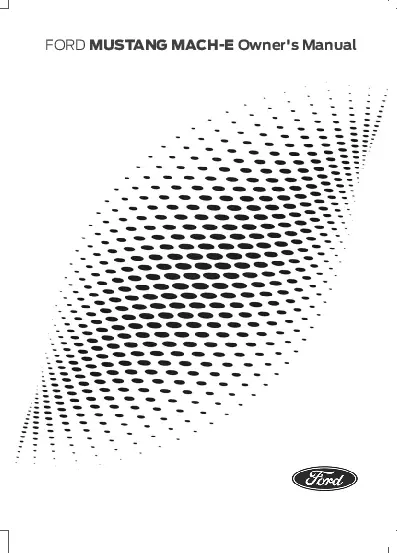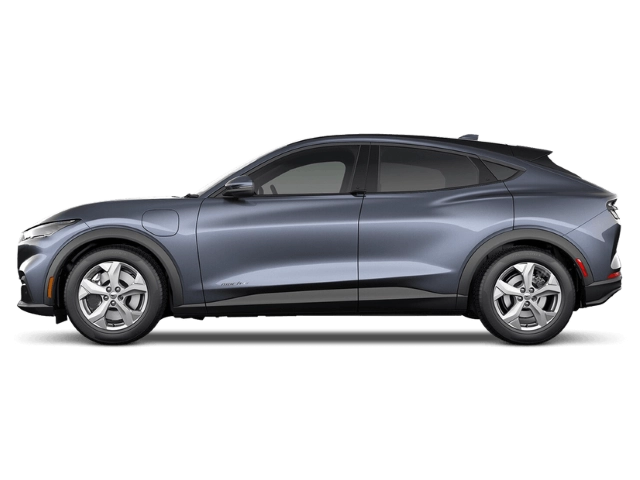2025 Ford Mustang Mach E Owner's Manual

Table of Contents
2025 Ford Mustang Mach E Overview
Owner's Manual
The Owner's Manual for the 2025 Ford Mustang Mach E serves as an essential guide for both new and seasoned drivers. Its primary purpose is to provide comprehensive insights into the vehicle’s features, functionalities, and maintenance requirements. This manual empowers owners to fully utilize the capabilities of the Mach E while ensuring optimal performance and longevity. It includes critical information on operating systems, troubleshooting common issues, and safety protocols, helping users navigate with confidence. Reading the manual not only enhances the driving experience but also reinforces the importance of routine maintenance and care, vital for preserving the value of the vehicle.
Introduction
The 2025 Ford Mustang Mach E transcends conventional expectations of the electric vehicle market, embodying the spirit of the iconic Mustang brand while embracing sustainable technology. This all-electric SUV offers a dynamic and exhilarating drive, merging innovative design with cutting-edge performance. With its striking silhouette and bold features, the Mach E is crafted for those who crave adventure without compromising on efficiency, delivering a blend of spaciousness, comfort, and eco-friendliness.
Powertrains
The Mach E is offered with a range of electric powertrains to cater to diverse driving needs, including standard-range and extended-range battery options. The entry-level variant delivers robust acceleration and impressive efficiency, while the GT model boasts higher performance figures, providing thrilling speed and agility. Remarkably, the dual-motor all-wheel-drive system provides exceptional traction and handling, ensuring a commanding presence on various terrains. Regardless of the chosen powertrain, the Mach E promises a smooth and refined driving experience, indicative of Ford's commitment to innovative electric mobility.
Trims
The 2025 Ford Mustang Mach E is available in several trims, including the Select, California Route 1, Premium, and GT. Each trim offers distinctive features and technologies tailored to diverse lifestyles. The Select trim focuses on affordability while providing essential components, whereas the California Route 1 emphasizes long-range capabilities. The Premium trim adds luxury touches, making every journey pleasurable, while the GT model is geared towards performance enthusiasts seeking the ultimate driving thrill. Customization options allow owners to personalize their vehicles to reflect individual tastes.
Features
Equipped with a plethora of advanced features, the Mustang Mach E prioritizes both comfort and convenience. Key highlights include a state-of-the-art infotainment system with a large touchscreen interface that supports Apple CarPlay and Android Auto integration, along with an array of smart driver-assistance technologies. Standard and available features include adaptive cruise control, lane-keeping assist, and automatic emergency braking, all designed to enhance safety and driving pleasure. Moreover, the spacious interior offers ample cargo space and versatile seating options, ensuring that the Mach E is not only a refined vehicle but also a practical one.
User manual download
The Ford Mustang Mach E owner manual for the 2025 model year is to be found in PDF downloadable format on this page. The owner manual for the model year 2025 is free and in English, but the repair manuals are usually not easy to get and may cost more.
Manual Questions
Fill the form below and someone will help you!

